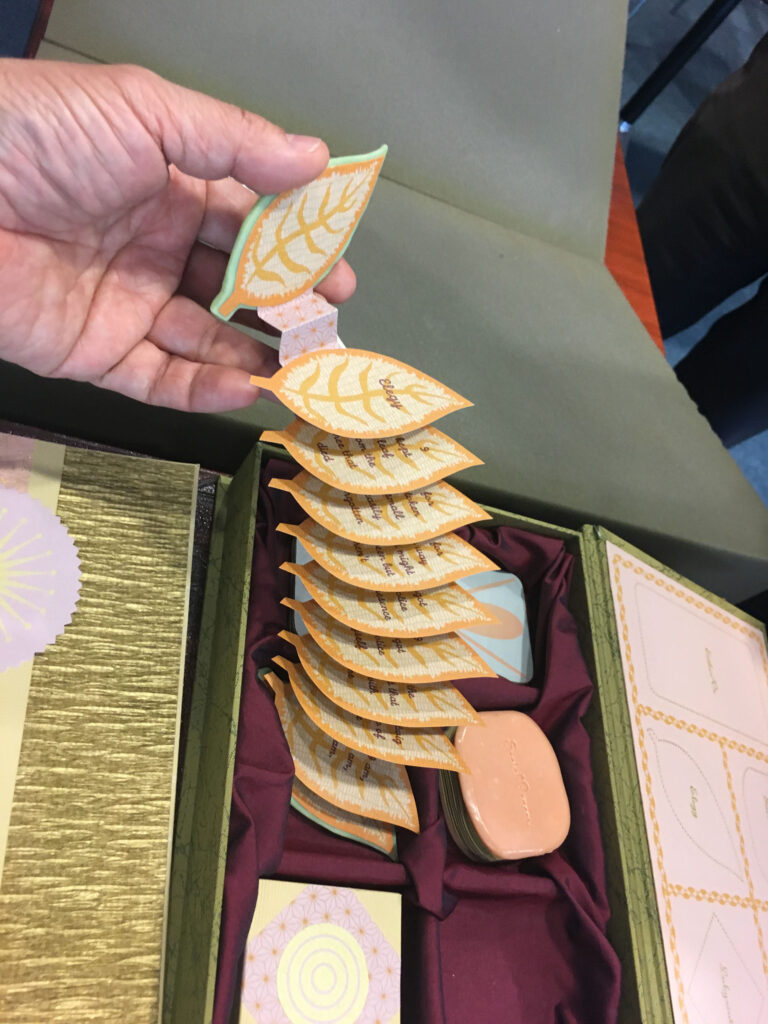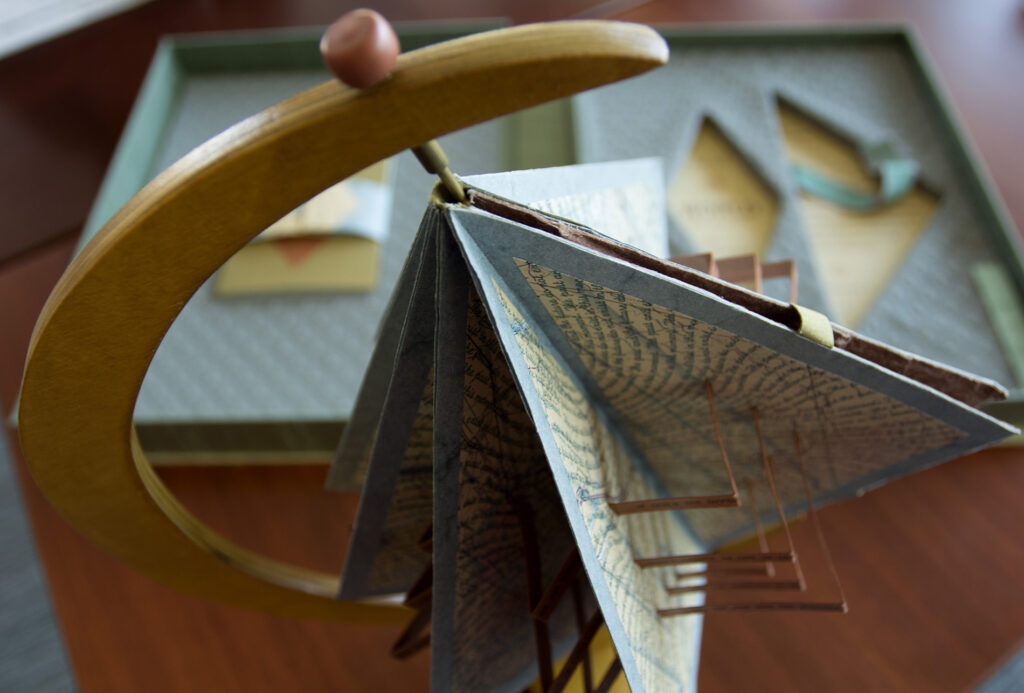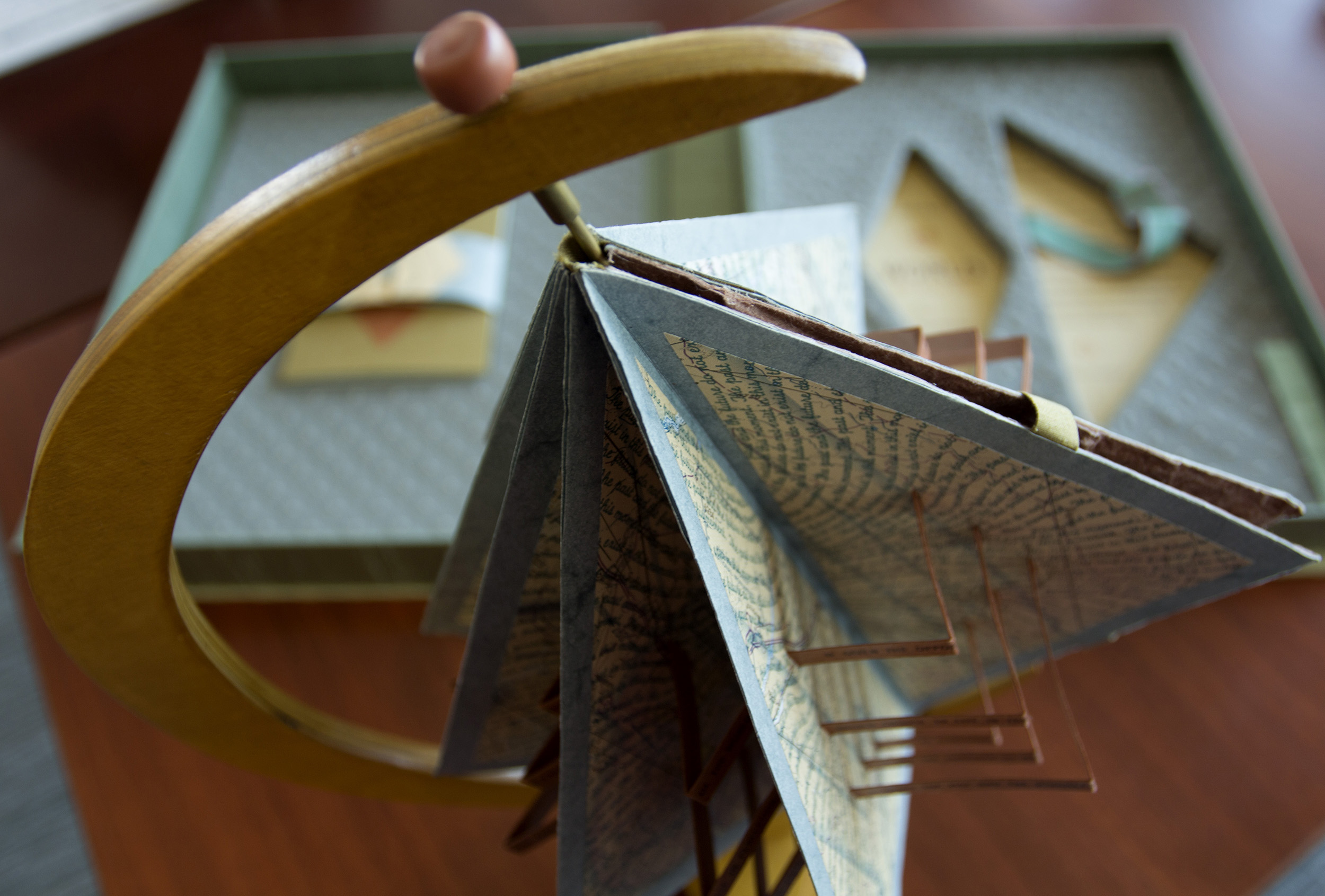
Forms of the Book
What makes a book a book? This is the question raised with the “Forms of the Book” exhibition, which featured texts in a variety of forms dating from 2500 B.C.E. to the early 2000s A.D. This exhibition touched upon how non-traditional forms of the book encourage discussion of the nature of the book itself, the relationship of text and image, and how design contributes to reading and understanding.
The exhibition included early examples of texts written on cuneiform, papyrus, and scrolls. These texts came before pages were folded and bound into the codex form, which contemporary readers recognize as books.
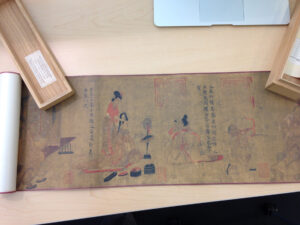
Early bound books in this exhibition emphasized visual communications and the history of typography, design, and printmaking. The Book of Hours (1400), for example, displays beautiful hand-drawn and colored illustrations.
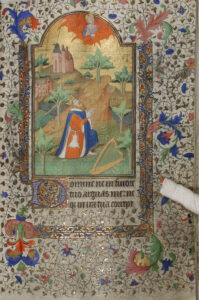
This exhibition also displayed modern-day artists’ books, which often feature unusual structures or thought-provoking design elements that play with the form of the book with the goal of engaging readers in new and exciting ways.

